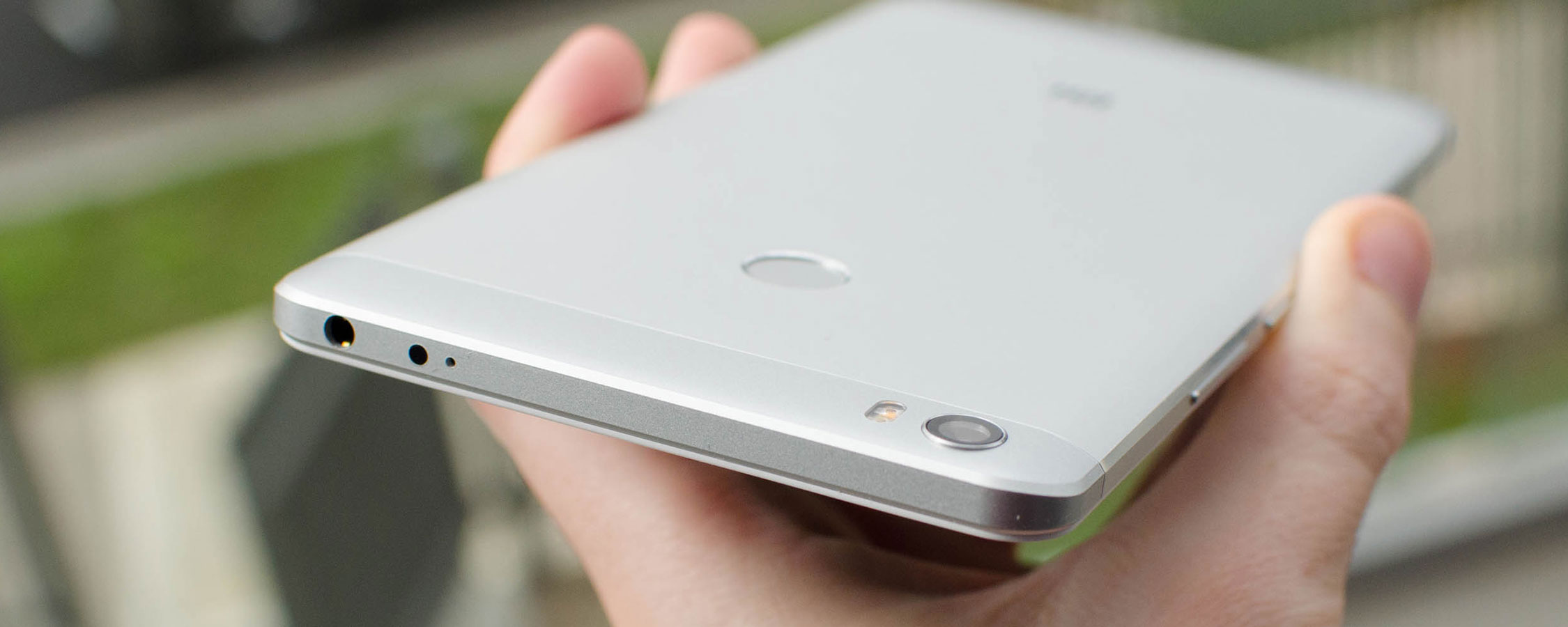Camera
The Mi Max comes with a 16-megapixel (4608 x 3456) Samsung S5K3P3 1/3.1" CMOS sensor on the rear, paired with an f/2.0 26mm (equivalent) lens and a two-tone LED flash. The pixel size of this sensor is 1.0 µm, which is in line with most high-resolution smartphone cameras on the market. On the front is a 5.0-megapixel (2592 x 1944) 1/5" CMOS sensor with 1.12 µm pixels, paired with a 25mm f/2.0 lens.
The cameras included on this phone are about what I expected for the price: not as good as current-generation flagship phones, but perfectly fine for everyday usage. I believe the Moto G4 Plus has a better 16-megapixel shooter at a similar price, though the Mi Max is just behind.
 |
 |
 |
The 16-megapixel Samsung sensor exhibits average levels of detail. Photos taken with this camera are soft and lack fine detail when viewed at full resolution, however zooming out to 1080p or 1440p results in good sharpness and clarity. A lack of zoomability from 16-megapixel photos may disappoint some users, even if the photos look good in general.
Unsurprisingly, I was impressed with what the Mi Max can produce in strong lighting. Photos here are reasonably accurate, saturated to a decent extent, and exhibit above average dynamic range. The HDR mode that's included (but isn't applied automatically) improves dynamic range and overall image quality significantly, to the point where you should consider leaving this mode enabled for all outdoor photography. HDR shots do take longer to capture, but the results can be phenomenal.
Photos that I captured indoors exhibited good exposure and color quality, largely resisting the urge to undersaturate like many phone cameras in these conditions. However, the Mi Max simply doesn't use a fast enough shutter speed in lesser light, which resulted in many of my photos being slightly blurry. Infrequently the camera had issues focusing in low light too, and I have a handful of photos where the subject is blatantly and disappointingly out of focus.
The good news is that the occasional issues I had with indoor photos - and I should stress that I was still able to take some great shots in these conditions - are related to the camera software rather than hardware. Chucking the photo app into manual mode and increasing the shutter speed can resolve this problem, and resulted in some great shots. It's a shame that the auto mode hasn't been tweaked to reduce blur as switching modes is awkward and takes time.
 |
 |
 |
Photos taken at night aren't great, lacking in exposure and visibility. Considering what I've seen from other budget smartphones, this didn't surprise me at all: 1.0 µm pixels just aren't conducive to high quality low light photos, especially without OIS systems.
I also wouldn't write home about the front-facing 5.0-megapixel camera, which packs mediocre quality even in reasonable lighting conditions. The camera app does pack an amusing age-guessing feature for selfies, along with the usual beauty mode, but it would have been nice if these features were included alongside better hardware.
The camera app included with the Mi Max comes with a basic and easy to use interface. Minimal options are seen on the main camera screen, with slide out panels to the top and bottom revealing camera filters and additional shooting modes respectively. Most of the extra modes are typical, like the panorama mode, but other such as the fish eye and tilt shift modes go beyond what I've seen on other handsets.
 |
 |
 |
Left to right: Selfie camera; HDR mode disabled; HDR mode enabled
Aside from some issues focusing in lesser light, the performance of the Mi Max rear camera is generally pretty good. Capture speeds are fast, focusing is average, and the video mode supports 4K capture which is an excellent inclusion on a mid-range device.




